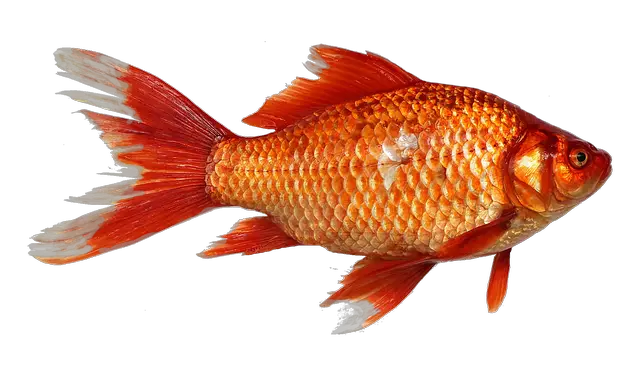You may think that you know the answer to this question, but the surprising truth is that salamanders are not fish. In fact, they are amphibians. This means that they can live on both land and water. Salamanders have smooth, wet skin and gills that allow them to breathe underwater. They use their tails to swim through the water and catch prey.
Introduction
At first glance, it might seem like salamanders are fish. After all, they live in water and have scales. However, salamanders are actually amphibians, meaning that they are equally comfortable on land and in water.
There are several key differences between fish and amphibians.
For one thing, fish breathe using gills, while amphibians have lungs.
In addition, fish lay their eggs in water, while amphibians can lay their eggs on land.
Finally, fish typically have fins, while amphibians usually have four legs. These differences may seem small, but they add up to create two very different types of animals.
So the next time you see a salamander, remember that it’s not a fish – it’s an amphibian.
What is a salamander?
Salamanders are a type of amphibian that can be found in damp environments all over the world. They vary greatly in size and appearance, but most salamanders have four legs and a long, snake-like body.
Some species of salamander can grow to over a foot in length, while others are less than an inch long. Salamanders are usually brown or green, but some species are brightly colored. These amphibians breathe through their skin, so they must live in moist environments.
Most salamanders spend their time on the forest floor, where they eat insects and other small creatures. Some species of salamander can also breathe through lungs, and these salamanders often live near water sources such as ponds and streams.
Salamanders typically mate during the autumn months, and the female lays her eggs in the water. The eggs hatch into tadpoles, which then transform into adult salamanders. Salamanders are vulnerable to many predators, such as snakes and birds.
They are also at risk from habitat loss and pollution. As a result, some species of salamander are now endangered. However, these amphibians play an important role in the ecosystem, and they are worth protecting.
Salamanders vs. fish: the difference
Salamanders and fish may look similar, but there are several important differences between the two groups of animals.
For one, fish (with a few exceptions) respirate through gills, while salamanders typically breathe through lungs. This difference is due to the fact that fish live in water, while salamanders are primarily terrestrial animals.
Additionally, while all salamanders have four legs, some species of fish (such as eels) do not have any limbs at all.
Another key distinction is that salamanders can regenerate lost body parts, while fish cannot. This ability is thought to be due to the fact that salamanders are ectothermic, meaning that they regulate their body temperature using external sources (such as the sun or ambient air temperature).
In contrast, fish are endothermic, meaning that they generate their own heat internally. These different characteristics mean that salamanders and fish occupy different niches in the animal kingdom, despite their superficial similarities.
The benefits of being an amphibian
Amphibians are a class of vertebrate animals that include frogs, toads, newts, and salamanders. Unlike other vertebrates, amphibians can live both on land and in water. This gives them a great deal of flexibility when it comes to their habitat and diet.
For example, some species of amphibians will eat insects on land but will switch to a diet of fish and crustaceans when they are in the water. Amphibians also have several features that help them to adapt to their changing environment.
For instance, their skin is covered in mucus that helps to keep them from drying out on land. In addition, many amphibians can breathe through their skin, which allows them to stay submerged for long periods of time. The benefits of being an amphibian are clear — they are adaptable and versatile creatures that can thrive in a variety of environments.
How do salamanders live on both land and water?
Salamanders are a type of amphibian that can live on both lands and in water. They have several adaptations that help them to survive in both habitats. For example, salamanders have moist skin that helps them to absorb oxygen from the water.
They also have gills, which allow them to breathe underwater. On land, salamanders use their lungs to breathe. They also have strong legs that help them to move around on land. In addition, salamanders can absorb water through their skin, which helps them to stay hydrated.
Overall, these adaptations allow salamanders to live in both aquatic and terrestrial habitats.
In conclusion
Salamanders have long been a subject of debate among biologists. While they share many characteristics with fish, such as gills and fins, they also have some distinct differences. For example, salamanders typically have four legs, whereas most fish do not. Additionally, salamanders are capable of regenerating lost body parts, a trait that is relatively rare among fish.




